Positioning Vietnamese rice through quality and added value
Vietnam's rice industry has achieved impressive results in recent years, especially in the Mekong Delta, which produces more than 50% of rice output and contributes over 90% of rice exports.
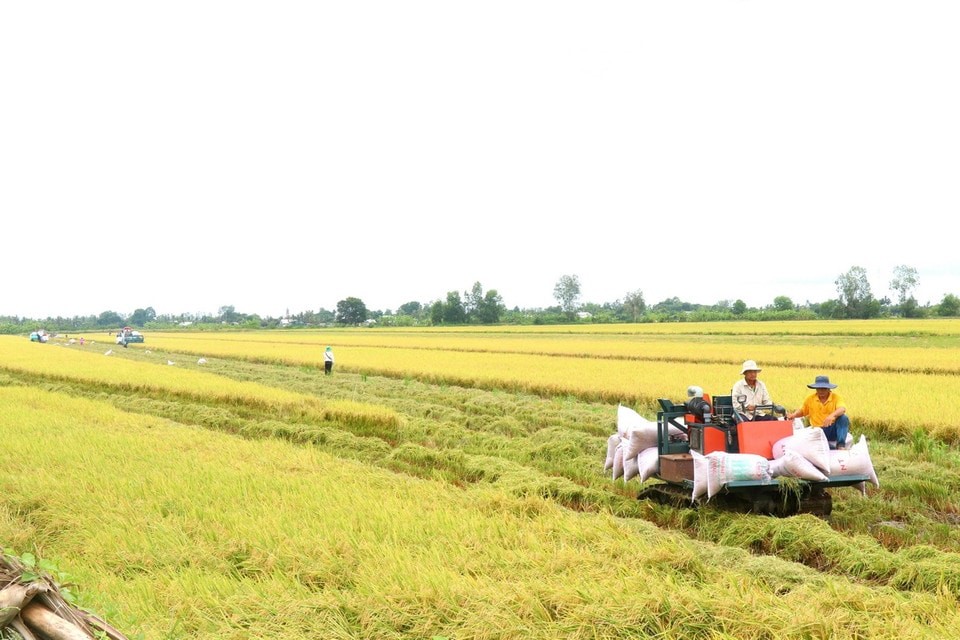
At the recent workshop "Positioning Vietnamese rice in the new era", Mr. Nguyen Ngoc He - Vice Chairman of Can Tho City People's Committee, pointed out that the Vietnamese rice industry plays an important role in ensuring national and world food security. In particular, the Mekong Delta, with its large rice cultivation area, will continue to be an important "buffer" for the development of the rice industry. Mr. He emphasized that the Project for sustainable development of 1 million hectares of high-quality rice, associated with emission reduction and green growth, will be an effective solution to promote the sustainable development of the rice industry.
According to Mr. Do Ha Nam - Chairman of the Vietnam Food Association (VFA), Vietnam's rice exports have grown strongly in recent years, especially in 2023 when rice export output reached 9.18 million tons, bringing in revenue of more than 5.7 billion USD. However, although Vietnam has a large advantage in the long-grain white rice segment, the rice industry still faces a shortage in high-end segments such as fragrant rice, Japanese rice and functional rice. To compete and increase export value, Vietnam needs to focus on improving the quality of rice, especially specialty and fragrant rice.
To firmly position Vietnamese rice on the world rice map, improving product quality is an important factor. Dr. Tran Ngoc Thach - Director of the Mekong Delta Rice Research Institute said that the Mekong Delta currently has potential rice varieties such as OM5451, OM18 and Dai Thom 8, with high yield and good quality rice, and the ability to resist diseases and salinity. These rice varieties currently account for 70-80% of the production area and contribute to more than 85% of Vietnam's rice export output. However, the problem is still improving the quality and production of fragrant rice, Japonica, and specialty rice to be able to participate in the high-end segment of the international market.
According to the orientation of the Vietnamese rice industry, the future goal is to reduce the proportion of low- and medium-grade white rice to below 15% by 2025, while increasing the proportion of fragrant rice, Japonica, and specialty rice to about 40%. By 2030, this goal is even more ambitious, with the proportion of low- and medium-grade white rice not exceeding 10% and the proportion of fragrant rice, Japonica, and specialty rice reaching about 45%. This is an important strategy to increase added value and expand export markets.
Sustainable value chain linkage
To achieve the above goals, the formation of a sustainable rice value chain is an indispensable factor. Dr. Le Thanh Tung - Vice President of the Vietnam Rice Industry Association (VIETRISA), emphasized the importance of linking the subjects in the value chain from farmers, enterprises, export companies to research organizations and service providers. This linkage not only helps increase production efficiency but also creates opportunities to increase the value of rice products, while ensuring sustainable development for the rice industry.
According to experts, the Project on sustainable development of 1 million hectares of high-quality and low-emission rice cultivation, associated with green growth in the Mekong Delta in the period of 2024-2025, will be the foundation for building a modern rice value chain. However, for this project to be successful, there needs to be close coordination between stakeholders in the value chain, from farmers, services, finance, to export companies and management organizations. This is a long-term process and requires large investments in technology, research on new varieties and training of highly skilled human resources.
In the future, in order for Vietnamese rice to not only dominate the traditional rice market but also reach high-end segments, improving production capacity and building stable raw material areas is very important. In addition, it is necessary to develop smart and environmentally friendly farming models to ensure that rice products are not only of good quality but also meet the requirements of environmental protection and emission reduction.
Dr. Nguyen Dinh Thang - Vice President of Vietnam Digital Communications Association proposed the formation of agricultural entrepreneurship, a model that can help create high-quality rice varieties and seedlings, while applying technology to production to increase productivity and quality. This model will help Vietnam improve its competitiveness in the international market, while creating sustainable development opportunities for farmers.
With a solid foundation of high-quality rice varieties, great production potential and a sustainable development strategy, Vietnam can continue to affirm its position in the world rice market. However, to achieve the goal of increasing the value of exported rice and developing a sustainable rice industry, it is necessary to invest synchronously in seed quality, technology application and effective value chain linkage. At that time, Vietnamese rice will not only be an agricultural export product but also a symbol of modern and sustainable agricultural development.
Source: https://baolaocai.vn/lam-gi-de-dinh-vi-gao-viet-truoc-ky-nguyen-moi-post399942.html


![[Photo] General Secretary concludes visit to Azerbaijan, departs for visit to Russian Federation](https://vphoto.vietnam.vn/thumb/1200x675/vietnam/resource/IMAGE/2025/5/8/7a135ad280314b66917ad278ce0e26fa)
![[Photo] National Assembly Chairman Tran Thanh Man chairs the meeting of the Subcommittee on Documents of the First National Assembly Party Congress](https://vphoto.vietnam.vn/thumb/1200x675/vietnam/resource/IMAGE/2025/5/8/72b19a73d94a4affab411fd8c87f4f8d)
![[Photo] Prime Minister Pham Minh Chinh meets with the Policy Advisory Council on Private Economic Development](https://vphoto.vietnam.vn/thumb/1200x675/vietnam/resource/IMAGE/2025/5/8/387da60b85cc489ab2aed8442fc3b14a)

![[Photo] President Luong Cuong presents the decision to appoint Deputy Head of the Office of the President](https://vphoto.vietnam.vn/thumb/1200x675/vietnam/resource/IMAGE/2025/5/8/501f8ee192f3476ab9f7579c57b423ad)
![[Photo] General Secretary To Lam begins official visit to Russia and attends the 80th Anniversary of Victory over Fascism](https://vphoto.vietnam.vn/thumb/1200x675/vietnam/resource/IMAGE/2025/5/8/5d2566d7f67d4a1e9b88bc677831ec9d)
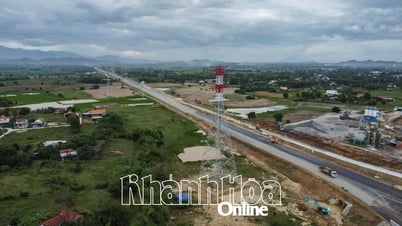


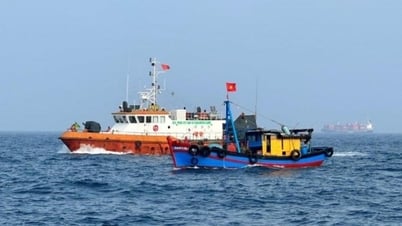

![[Infographic] Instructions on steps to contribute ideas to amend the 2013 Constitution on VNeID](https://vphoto.vietnam.vn/thumb/402x226/vietnam/resource/IMAGE/2025/5/8/c61c8c11815c4691848ae93a3e567ef7)




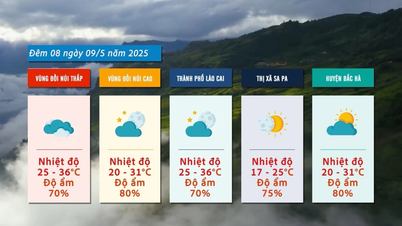

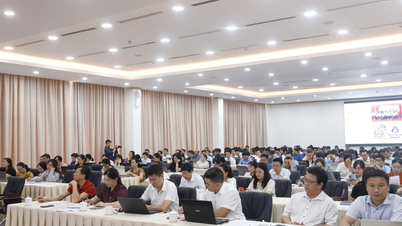
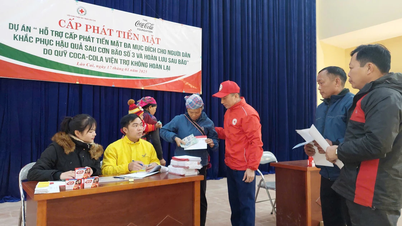
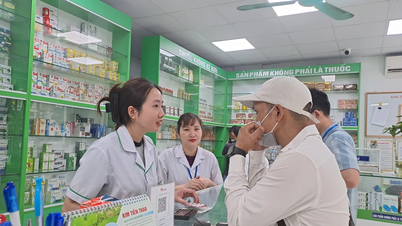
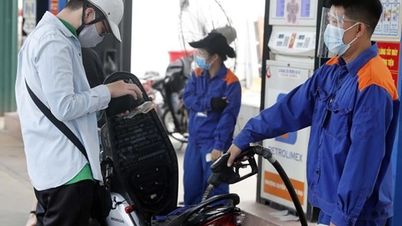

































![[Photo] Prime Minister Pham Minh Chinh talks on the phone with Singaporean Prime Minister Lawrence Wong](https://vphoto.vietnam.vn/thumb/402x226/vietnam/resource/IMAGE/2025/5/8/e2eab082d9bc4fc4a360b28fa0ab94de)




















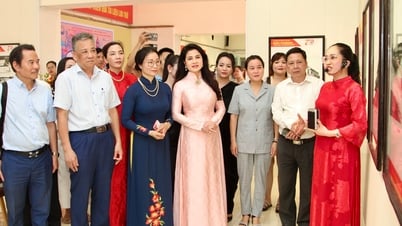













Comment (0)